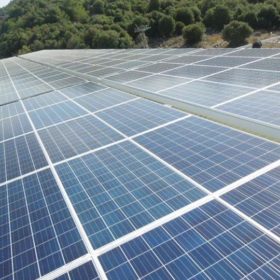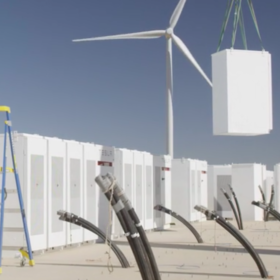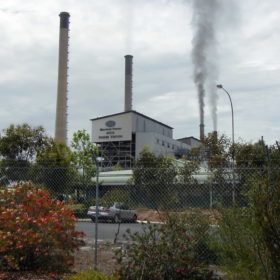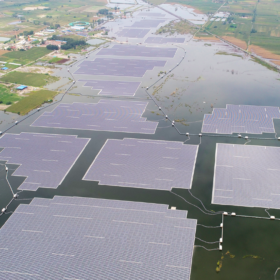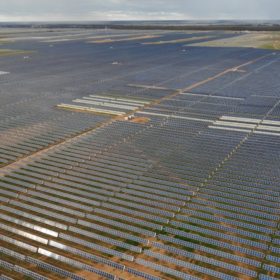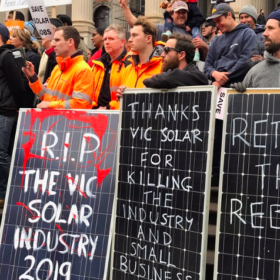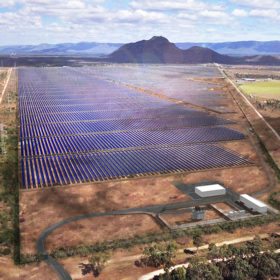Risen Australia achieves 120 MW of rooftop panel sales in a year
Chinese PV module maker Risen Energy has announced it has achieved the highest jump in solar module sales in the Australian market in a one-year period.
Neoen gets green light for PV-wind-battery hub in South Australia
French renewables developer Neoen has won development approval from the South Australian government for a major renewable energy project, comprising 125 MW of wind generation, 150 MW of solar PV generation and 130MW/400MWh of lithium-ion battery storage. The project could also integrate up to 50 MW of on-site hydrogen production capability.
WA coal generator undercut by rooftop solar boom
Western Australia’s government has announced two units at Synergy’s Muja Power Station will be retired from October 2022. The state government said the coal-fired units were only being used about 35% of the time thanks largely to rooftop solar reducing demand on the grid.
Kennedy solar-wind-battery park switched on following grid connection delay
Australian renewables developer Windlab has connected and energized its landmark energy park in north Queensland, comprising 43 MW of wind, 18 MW of solar and a 4 MWh battery.
More floating PV for Thailand
French floating PV specialist Ciel & Terre is teaming up with SCG, an Asian petrochemical company, to develop floating solar plants at hydroelectric dams in Thailand.
255 MW Sunraysia Solar Farm nears completion
UNSW Sydney has excitedly announced the near completion of the Sunraysia Solar Farm in Balranald, NSW. With the project set to be operational by the end of the year, and with 25% of the solar farm’s generation to be purchased by UNSW, the university is set to run on 100% renewable energy from 2020.
Victorian protests over solar rebate woes to continue this week
The Smart Energy Council has announced plans for a second rally to warn against the current Solar Homes scheme’s damaging effect on Victoria’s solar industry. This time, the protest will target Premier Daniel Andrews’ office.
ESCO Pacific’s 70 MW NSW solar project gets connection go-ahead
The Australian utility-scale solar developer has reached the final development milestone on a solar and battery project near West Wyalong in the Riverina region.
Lightsource BP proposes 100 MW solar farm near Mannum
U.K. solar developer Lightsource BP will host a community information event in Mannum, to outline its proposal to fund, build and operate a 100 MW solar project.
Australia’s state of virtual power play
With around 16 battery-based virtual-power-plant projects either in progress or planned across six states, Australia is demonstrating the potential of distributed energy resources to the world. An Australian Clean Energy Summit panel last week caught up on progress and potholes on the road to energy’s new two-way street.
